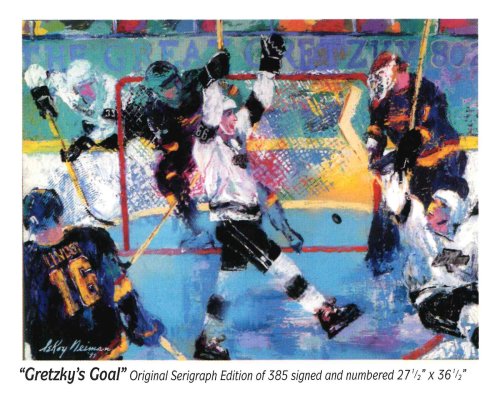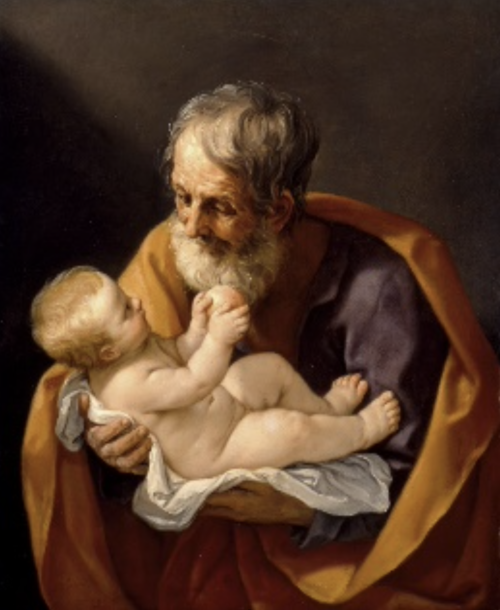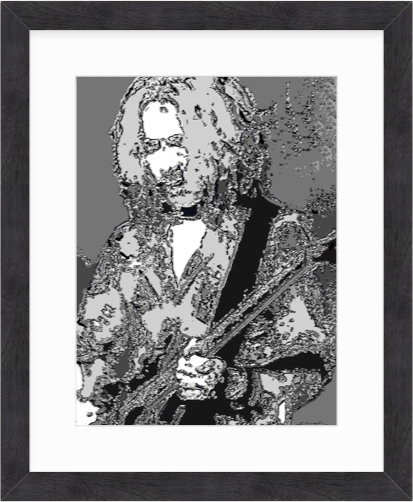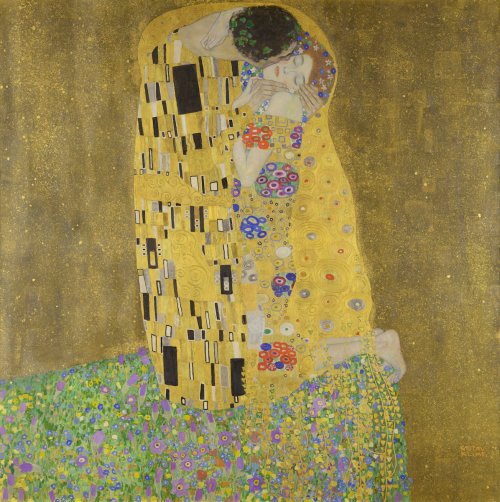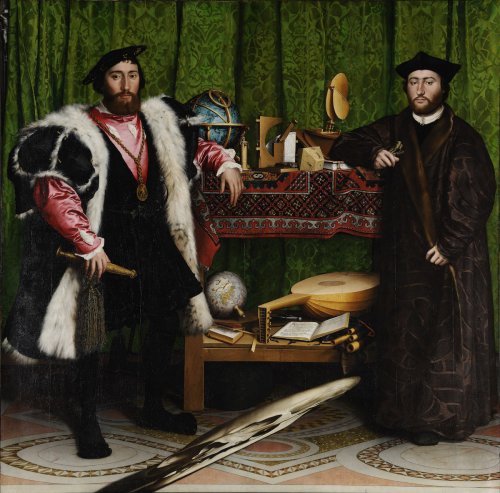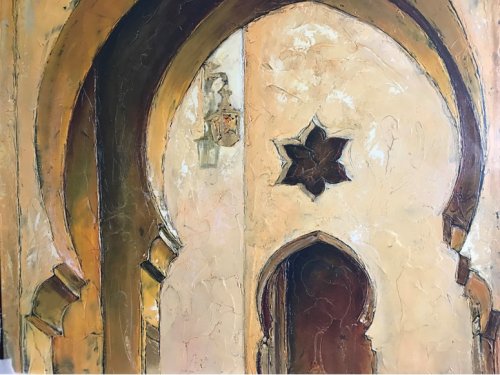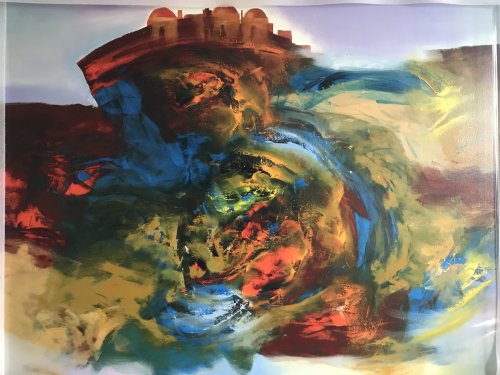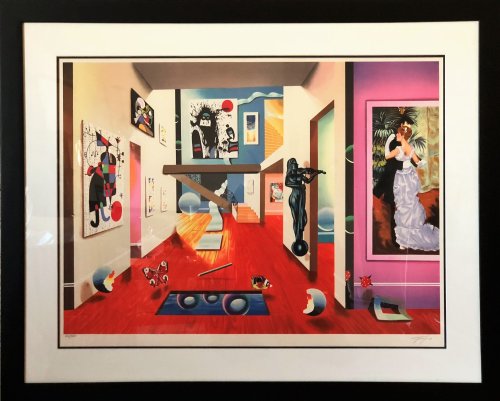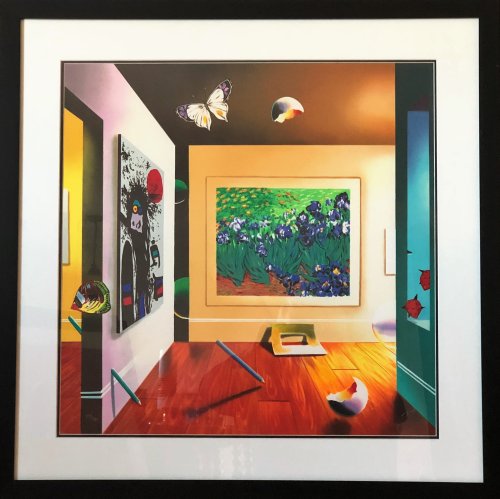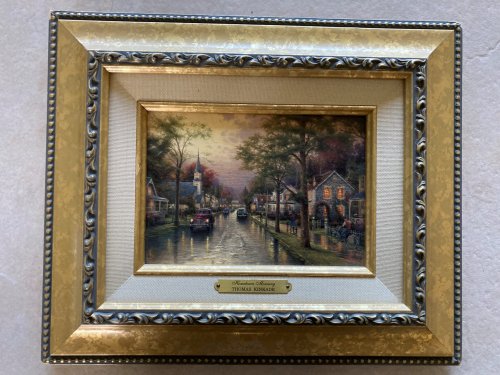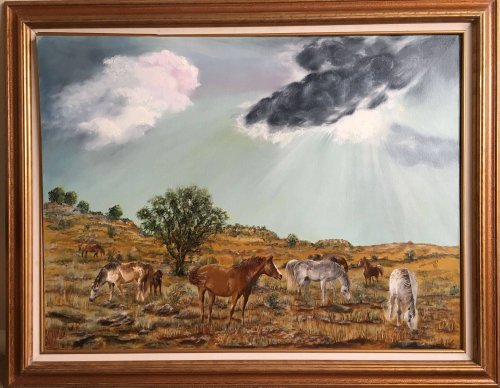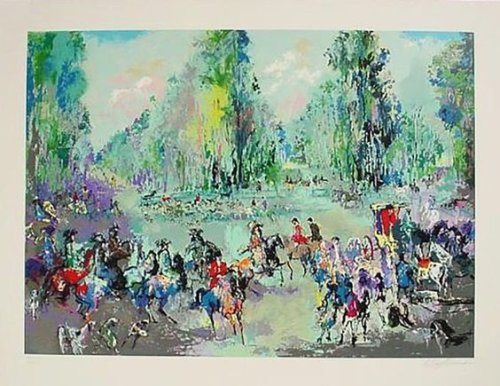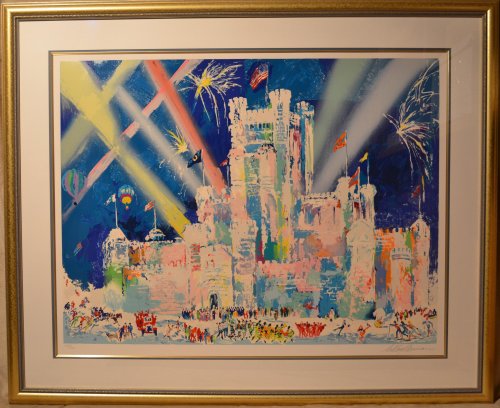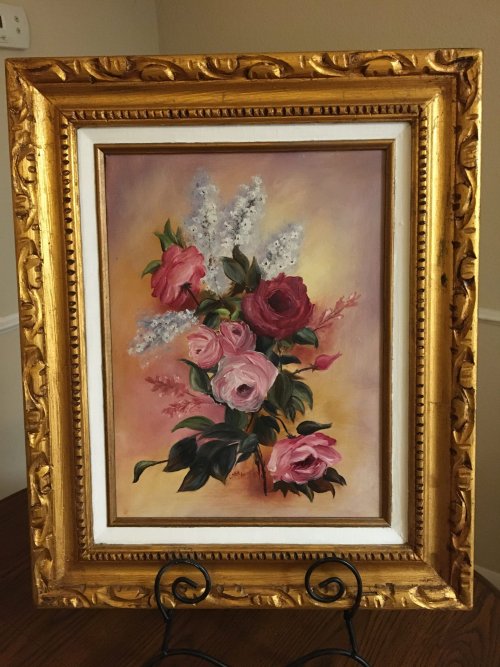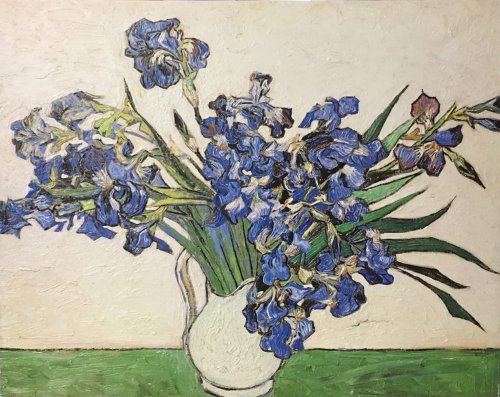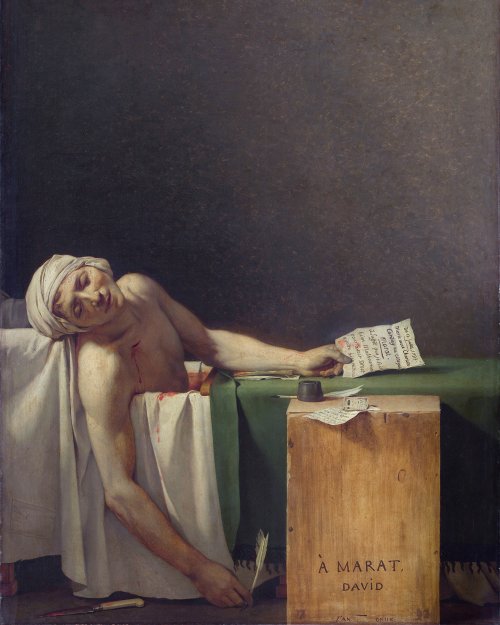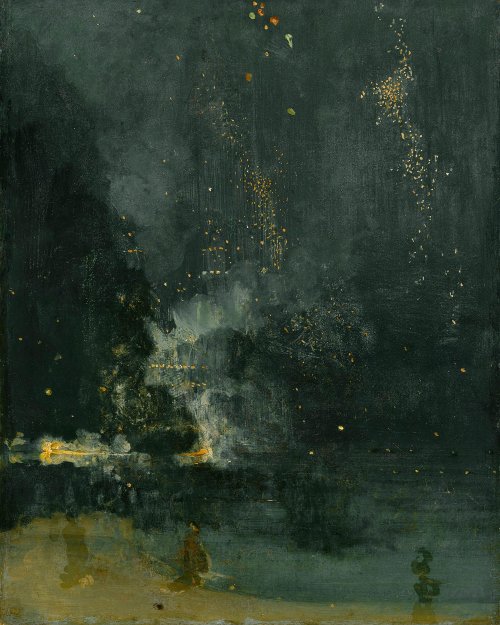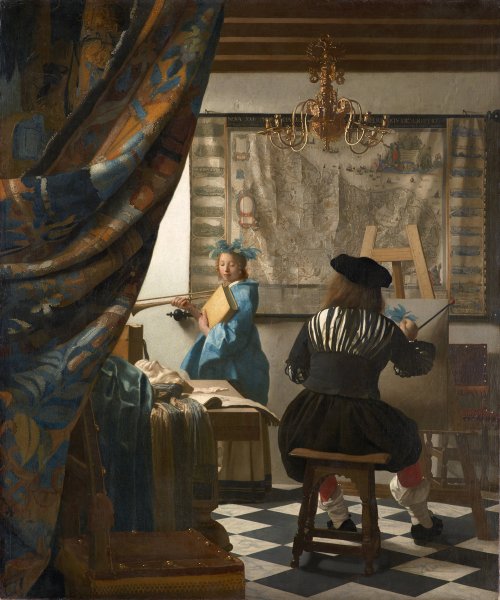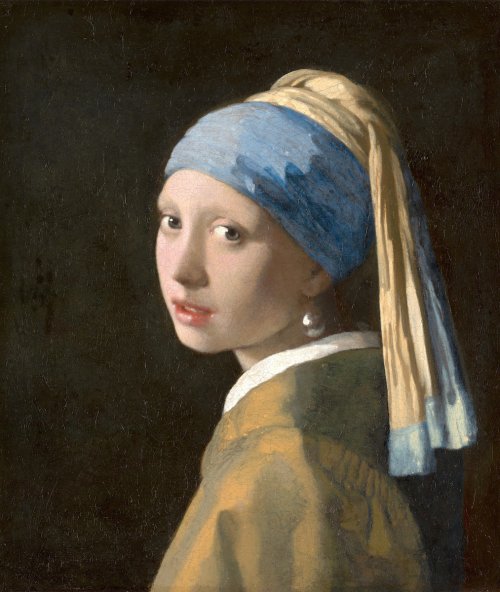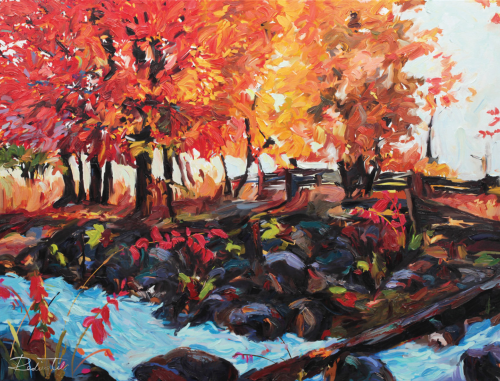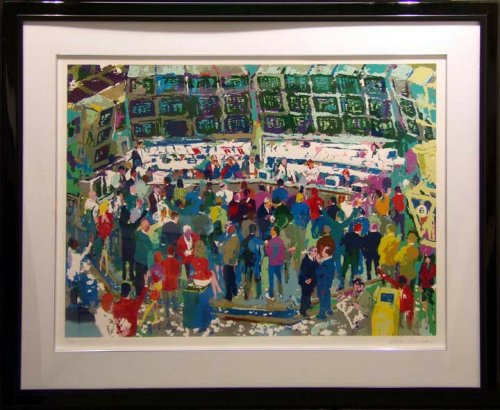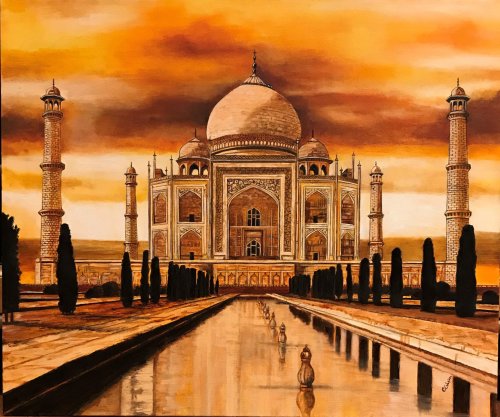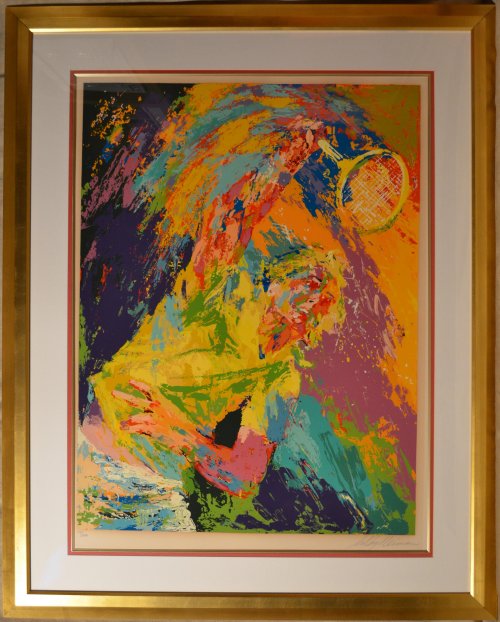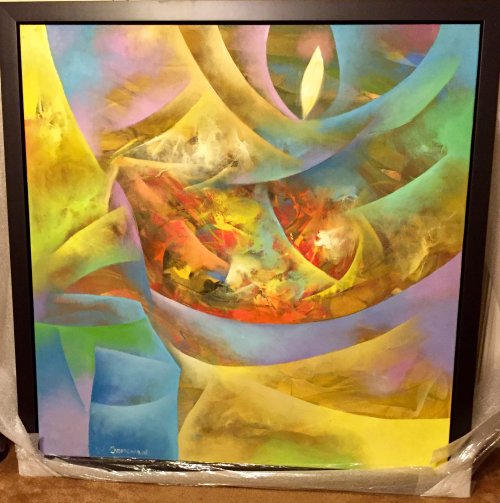-
This digital art is what modernism entail. With such detail and beauty, it is definitely a piece to look out for. The appreciation for art and technology is transpired in each digital stroke of the art
-
This intimate portrayal of Joseph demonstrates Reni’s skill through his rendering of the foster father of Christ as a simple man tenderly holding his infant son. The fruit held by infant Jesus reminds us of the fall of man in Eden and the fruitfulness of redemption through the advent of Christianity.
He was the most famous Italian painter of his day, revered for the grace and naturalness of his serenely balanced compositions. Even referred to as “the divine Guido.”
Working during the Catholic Counter-Reformation in the seventeenth century, Reni depicted images of saints and holy figures in the humanized and accessible form Catholic leaders required. This intimate portrayal of Joseph demonstrates Reni’s skill through his rendering of the foster father of Christ as a simple man tenderly holding his infant son.
-
-
This digital art is what modernism entail. With such detail and beauty, it is definitely a piece to look out for. The appreciation for art and technology is transpired in each digital stroke of the art
-
The Kiss (in German Der Kuss) is an oil-on-canvas painting with added gold leaf, silver, and platinum by the Austrian Symbolist painter Gustav Klimt. It was painted between 1907 and 1908, during the height of what scholars call his “Golden Period.” It was exhibited in 1908 under Liebespaar (the lovers), as stated in the exhibition catalog. Love, intimacy, and sexuality are common themes in Gustav Klimt’s works.
The painting depicts a couple embracing each other, their bodies entwined in elaborate, beautiful robes that were decorated in style influenced by the contemporary Art Nouveau style and the organic forms of the earlier Arts and Crafts movement. The painting now hangs in the Österreichische Galerie Belvedere museum in the Belvedere.
-
The Ambassadors is an oil on canvas painting of 1533 by Hans Holbein the Younger. Also known as Jean de Dinteville and Georges de Selve, it was created in the Tudor period, in the same year Elizabeth I was born. Speculations would suggest that Elizabeth’s mother, Anne Boleyn, then Queen of England, might have commissioned the painting as a gift for ambassador Jean de Dinteville, who is portrayed on the left in the painting. As well as being a double portrait, the artwork contains a still life of several meticulously rendered objects, the meaning of which is the cause of much debate. It incorporates a much-cited example of anamorphisms in painting. This painting displays the influence Early Netherlandish painting had on Holbein.
The most notable and famous of Holbein’s symbols in his work is the distorted skull placed in the bottom center of the composition. The skull, rendered in anamorphic perspective, another invention of the Early Renaissance, is meant to be a visual puzzle as the viewer must approach the painting from high on the right side or low on the left side to see the form as an accurate rendering of a human skull.
The Ambassadors has rested in London’s National Gallery collection since its purchase in 1890.
-
Artist: Haim Sherrf Medium: Oil on Canvas Size: 36"/48" Year Created: 2009 *The artwork includes a certificate of authenticity (COA).*
-
Artist: Edward Grossman Medium: Oil on Canvas Size: 39"/47" Year Created: 2009 Edition: VI *The artwork includes a certificate of authenticity (COA).*
-
Hometown Morning is the sixth and final look at the hometown of the artist's boyhood—and, the latter hopes, at some of the things you remember most warmly about your hometown as well. This artwork is framed, limited edition and handsigned by the artist
-
An original 30″ x 40″ (76.2 x 101.6 cm) oil painting on canvas was painted using a collage of photography.Painted in 2009, the painting has been museum sealed and copyrighted for authenticity. It is framed and backed with acid-free paper, ready-to-hang with appropriate hardware.
-
An original 16″ x 12″ x 0.75″ (40.64 x 30.48 x 1.91 cm) oil painting on canvas.Painted in 1990, this painting has been museum sealed and copyrighted for authenticity. It is framed and backed with acid-free paper, read-to-hang with appropriate hardware.
-
20" x 30" giclée Artist: Vincent van Gogh (Dutch, Zundert 1853–1890 Auvers-sur-Oise) Date: 1890 Medium: Oil on canvas Credit Line: Gift of Adele R. Levy, 1958
-
The title dictates the heavy word but the artist has painted the latter in a beautiful way. All original canvas by Jimmy Mills. Inspired by Covid-19, the whole world shutdown, everyone was sent inside. The world outside kept growing and the environment kept healing with the reduced carbon emissions. We all had to be alone. All alone.
-
he Death of Marat, also known as “La Mort de Marat or Marat Assassiné” in French, is neoclassicism artwork at its best.
The 1793 painting by Jacques-Louis David depicts the artist’s friend and murdered French revolutionary leader, Jean-Paul Marat. One of the most famous images from the era of the French Revolution, David painted it when he was the leading French Neoclassical painter, a Montagnard, and a member of the revolutionary Committee of General Security. Created in the months after Marat’s death, the painting shows Marat lying dead in his bath after his murder by Charlotte Corday on 13 July 1793. Art historian T. J. Clark called David’s painting the first modernist work for “the way it took the stuff of politics as its material and did not transmute it.”
The painting is in the collection of the Royal Museum of Fine Arts of Belgium. A replica, created by the artist’s studio, is on display at the Louvre.
-
First shown at the Grosvenor Gallery in London in 1877, it is one of two modern impressionist artworks (the other being Nocturne in Black and Gold – The Firewheel) inspired by the Cremorne Gardens, a celebrated pleasure resort in London. One of his many works from his series of Nocturnes, it is the last of the London Nocturnes and is now widely acknowledged to be the high point of Whistler’s middle period. Whistler’s depiction of the industrial city park in The Falling Rocket includes a fireworks display in the foggy night sky. His detractors deemed the painting too slapdash, incomprehensible, and even insulting.
This priceless artwork is currently located at the Detroit Institute of Art in Michigan.
-
The Art of Painting, also known as The Allegory of Painting, or Painter in his Studio, is a 17th-century oil on canvas painting by Dutch painter Johannes Vermeer. Owned by the Austrian Republic and is displayed in the Kunsthistorisches Museum in Vienna.
Many art historians think it is an allegory of painting, hence the alternative title. Its composition and iconography make it the most complex Vermeer work, making it his second-largest work.
This canvas depicts an artist painting a woman dressed in blue posing as a model in his studio. Standing by a window and a large map of the Low Countries hangs on the wall behind. Signed to the right of the girl “I [Oannes] Ver. Meer”, but not dated. Most experts assume he executed it sometime between 1665/1668, but some suggest he could have created it as late as 1670–1675. The painting has only two figures, the painter and his subject, a woman with downcast eyes. Thought to be a self-portrait of the artist, some have suggested the young woman could be his daughter.
-
***AUG 22 RELEASE DATE*** Girl with a Pearl Earring (Dutch: Meisje met de Parel) is an oil painting by Dutch Golden Age painter Johannes Vermeer. Going by various names over the centuries, it became known by its present title towards the end of the 20th century after the earring worn by the girl portrayed there. The work has been in the collection of the Mauritshuis in The Hague since 1902.
The work is oil on canvas and is signed “IVMeer” but not dated. It is estimated to have been painted around 1665. After the most recent restoration of the painting in 1994, the subtle color scheme and the intimacy of the girl’s gaze toward the viewer have been greatly enhanced.


